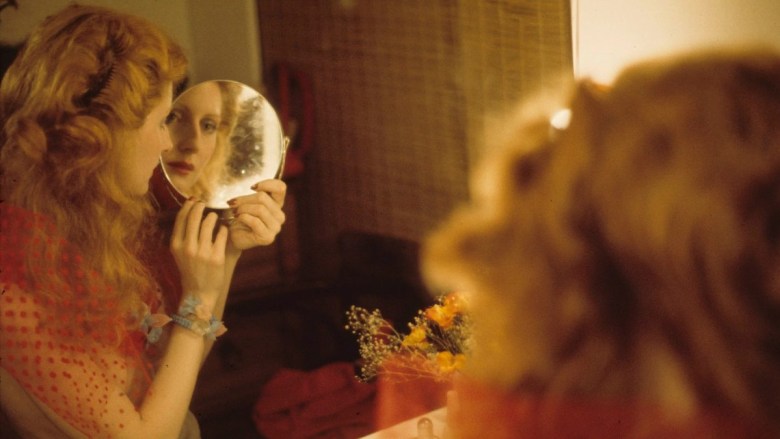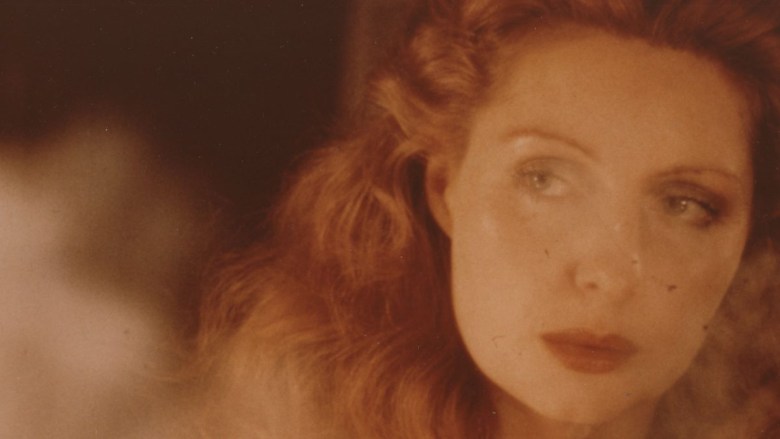Like other Xennials, I grew up during what journalist Susan Faludi called the “Backlash” period, in which mainstream culture abandoned many of the gains of the 1970s second-wave women’s movement. I graduated college in the early aughts to surf the “third wave” of “pro-sex” feminism, suggesting by implication that what came before was prudish and anti-sex, and would have shunned me for my extensive lip gloss collection.
It turns out that my sense of second-wave feminism was as mythological as a vaginal orgasm — the latter exposed in Shere Hite’s bestselling 1976 book based on anonymous responses from 3,500 women on their experiences of erotic pleasure (or, more often, a lack thereof). Nicole Newnham’s new documentary The Disappearance of Shere Hite presents a compelling portrait of its eponymous heroine, a sexologist born in small-town Missouri. Perhaps even more urgently, the film actively redresses reductive thinking about feminist history — one in which Hite, a national icon, all but vanished from popular discourse in the early 1990s. “How can you shut somebody like this up?” asks an elderly Kate Millet, one of a handful of icons interviewed from the women’s liberation movement era interviewed in the documentary. “It’s outrageous.”
A former fashion model, Hite rose to fame in the late ’70s for her trailblazing research and advocacy for the New York chapter of the National Organization of Women (NOW). Selling like hotcakes (or hotpants, given the fashion of the time), The Hite Report: A Nationwide Study of Female Sexuality was less about so-called male-bashing than celebrating the female capacity for pleasure without penetration. “Masturbation is really a cause for celebration, as it represents female sexuality underground,” Hite patiently explains during a press interview, one of many archival clips that comprise the bulk of the film. “Women know how to have orgasms when they want, contrary to the popular stereotype that women have a ‘problem’ with sex.”

Evidently, Hite herself didn’t have a problem with sex, nor did her feminist comrades in NOW or the other activist communities of which she was a member. One of the most surprising scenes comes from footage of the Hite Report Press Conference arranged upon the book’s release, including women across sexual orientations and identities, though most were White. Hite sits on a panel between a young Kay Whitlock, then-head of NOW’s lesbian task force, and reproductive rights activist Mary Calderone. “In short, our whole idea of sex needs to be reevaluated,” Hite concludes before the crowd.
Much of the delight in The Disappearance of Shere Hite is discovering just how eclectic and rollicking the pre-“Backlash” era could be, with women getting down and getting it on just as much as they marched on the streets for equality. We witness Hite toast to Black feminist radical Florynce “Flo” Kennedy, sing with sex worker activist group COYOTE, mug for the camera with Kiss’s Gene Simmons, and roll her eyes at actor David Hasselhoff when he interrupts her on an evening talk show. In this context, the voice of Executive Producer Dakota Johnson reciting passages from Hite’s diary throughout the film feels markedly out of place — about 50 shades away from a silly erotic movie.
As to the gravity of her research, though, Hite was hardly a breezy party girl. “It’s a communal discussion that has nothing to do with me,” Hite tells a young Geraldo Rivera when asked about The Hite Report’s global popularity. One weakness of the film is its reticence to directly acknowledge how much Hite benefited from her whiteness and striking conventional beauty, even as she was ultimately punished for her flamboyant persona.
The film tracks Hite’s precipitous fall from grace following the 1987 publication of her third book, Women and Love: A Cultural Revolution in Progress, which controversially reported that the majority of wives pursue extramarital affairs. When the book is widely lambasted for faulty methodology, Hite’s quiet self-assurance and pride in her success gradually dissolve into a defensive posture — provoked by persistent, often nasty harassment from the press. Her easy confidence that dominated the ’70s shifts a decade later into indignation toward talk show host Maury Povich, among other television pundits. After selling tens of millions of copies of her first two books, Macmillan Publishers dropped her; Hite moved to Europe and renounced her US citizenship in 1995.
We don’t get to see Hite after a brief snippet from a 2006 interview with Steven Colbert; her disappearance from the public eye is also, mostly, her disappearance in the film. Though it pays tribute to this gadfly who charmed and alarmed the world, it would have been instructive to gain a clearer sense of her legacy in the 21st century.
“Equality doesn’t seem dangerous to me,” Hite once answered a female journalist who asked if her findings about sexuality might “scare certain people.” Almost 50 years later, it is worth asking whether anything could be more dangerous.

The Disappearance of Shere Hite (2023) is available for streaming online as part of the Doc NYC festival through Sunday, November 26.












